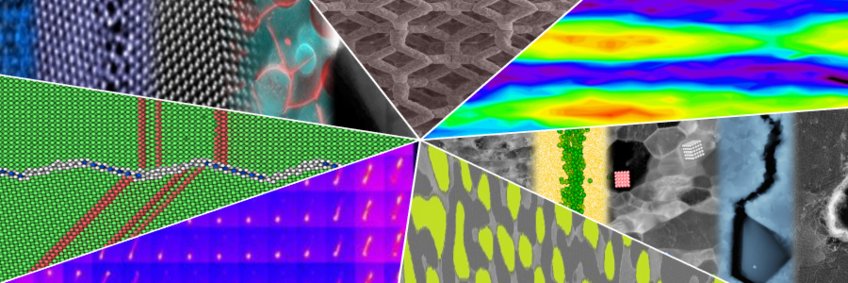Journal Article
Öcal, E. B.; Sajadifa, S. V.; Sellner, E. P. K.; Vollmer, M.; Heidarzadeh, A.; Zavašnik, J.; Niendorf, T.; Groche, P.: Functionally Graded AA7075 Components Produced via Hot Stamping: A Novel Process Design Inspired from Analysis of Microstructure and Mechanical Properties. Advanced Engineering Materials - Special Issue: Structural Materials
25 (15), 2201879 (2023)


